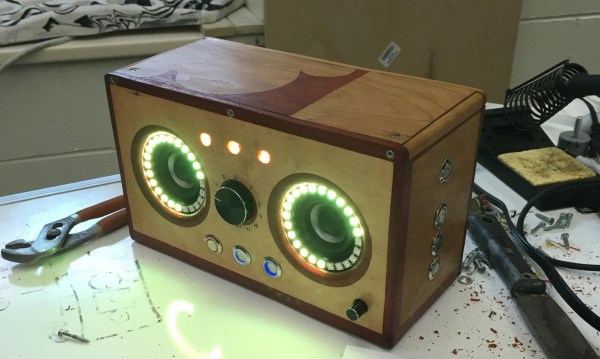MEMS, or Micro ElectroMechanical Systems, are the enabling technology that brings us smartphones, quadcopters, tire pressure monitors, and a million other devices we take for granted today. At its most basic level, MEMS is simply machining away silicon wafers to make not electronic parts, but electromechanical parts. The microphone in your cell phone isn’t an electret mic you would find in an old brick phone from the 80s — it’s a carefully crafted bit of silicon, packed in epoxy, and hanging off a serial bus.
Despite the incredible success of MEMS technology, there is still something in your smartphone that’s built on 19th-century technology. Loudspeakers haven’t changed ever, and the speaker in your newest iThing is still a coil of wire and some sort of cone.
Now there’s finally a MEMS loudspeaker A company called USound has developed the first loudspeaker that isn’t just a bunch of wire and a magnet. This is a speaker built from a silicon wafer that can be as small as 3 mm square, and as thin as 1 mm. Since these speakers are built on silicon, you can also add an amp right onto the package. This is quite literally a speaker on a chip, and we’d bet that there are already engineers at Samsung looking at stuffing this into a flagship phone.
ST and USound announced these extraordinarily small speakers would actually be made, but so far it’s been just that — an announcement. This changed at CES where ST demonstrated VR goggles with multiple MEMS speakers. Does this mean MEMS speakers are on their way to Mouser and Digikey? We eagerly await the product announcement and demo dev board kit.

















